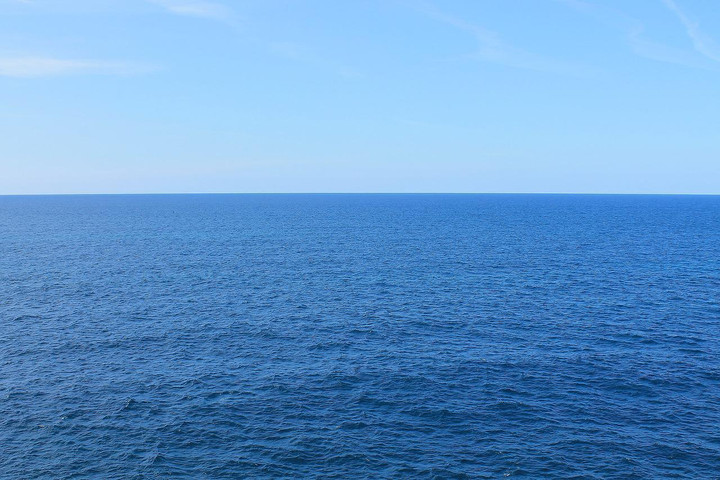Amazing Facts About Earth
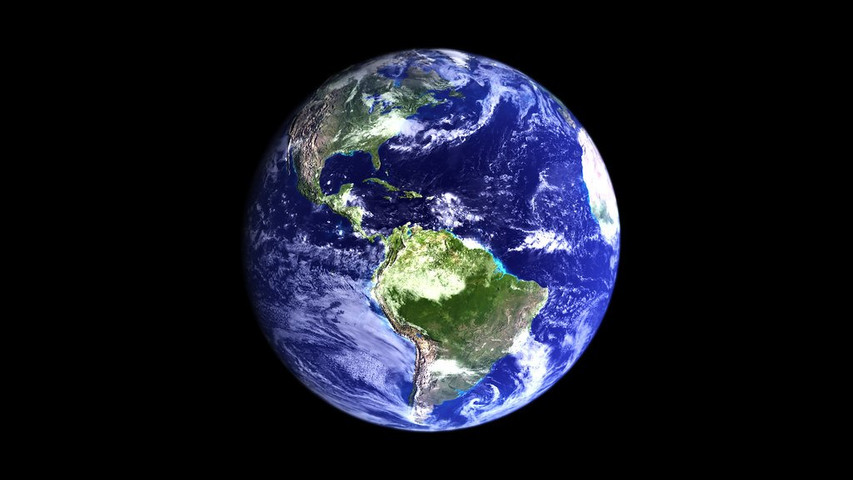 Planet earth is the only known planet that has life on it and only known planet that supports life through atmosphere with free oxygen. Here are some Amazing facts about earth that you should know.
Planet earth is our home and the only planet in the solar system that supports life on it. Earth had oceans, mountains and a proper atmosphere with free oxygen. Earth is one of the four terrestrial planets and it’s the third planet from the sun. We may not think about our planet on daily basis and in our busy routine but it is a very interesting place that had multiple facts that you should know.
Planet earth is the only known planet that has life on it and only known planet that supports life through atmosphere with free oxygen. Here are some Amazing facts about earth that you should know.
Planet earth is our home and the only planet in the solar system that supports life on it. Earth had oceans, mountains and a proper atmosphere with free oxygen. Earth is one of the four terrestrial planets and it’s the third planet from the sun. We may not think about our planet on daily basis and in our busy routine but it is a very interesting place that had multiple facts that you should know.
Earth is not a proper Sphere
There are many concepts regarding earth shape. In reality Planet is not at all flat but it not perfectly round either. The planet bulges around the equator by an extra 0.3 percent and as a result of the fact it rotates about its axis. The variation is tiny that it can’t be observed properly and the planet seems round from the pictures of earth from outer space.
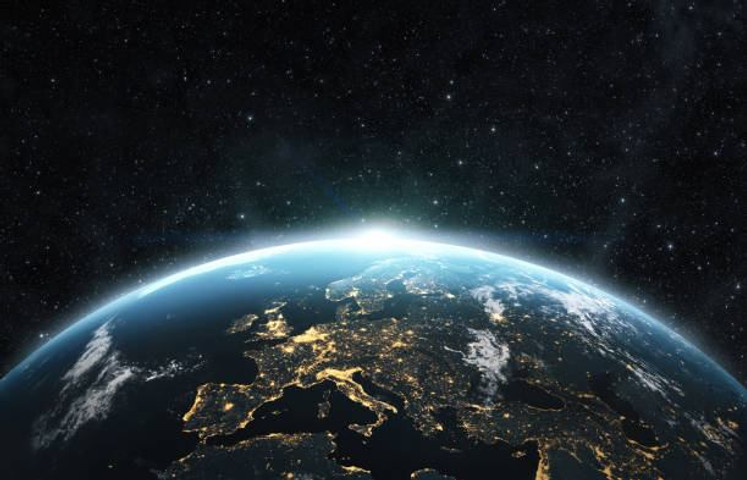
The days are extending
According to the scientists, the length of the day on earth is increasing. Earth was formed 4.6 billion years ago and its days would have been roughly six hours long. After 620 billion years later the average day is of 24 hours and it is increasing by about 1.7millisecond every century. Scientists explain that moon is slowing down earth’s rotation through the tides that it helps in creating. The earths spin causes the position of its tidal ocean bulges to be pulled slightly ahead of the moon earth axis, which creates a twisting force that slows down earth’s rotation.
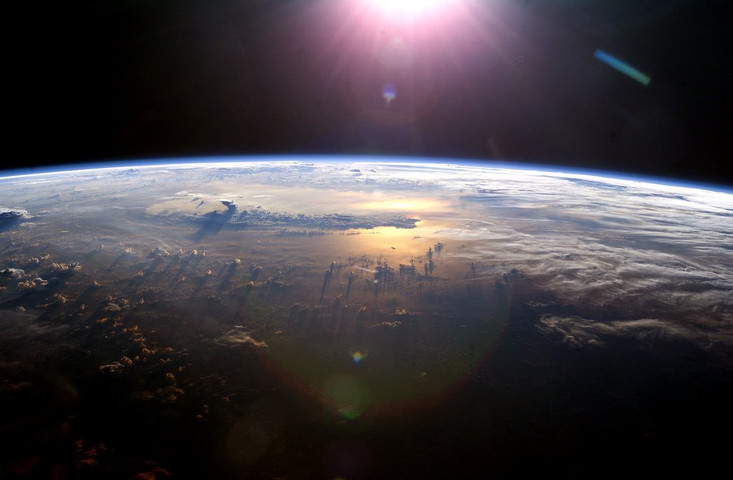
Earth’s gravity field is uneven
The surface of the earth is bumpy and rocky so it is impossible to have an even gravitational field all over the world. Since earth is not a perfect sphere, the gravity is not same everywhere. There are many places on earth where gravity had positive and negative variations and these variations are called gravity Anomalies. For example the Himalaya Mountain range causes positive gravity anomaly and in contrast the ocean trenches and dips in land had negative anomaly that is caused by the glaciers.
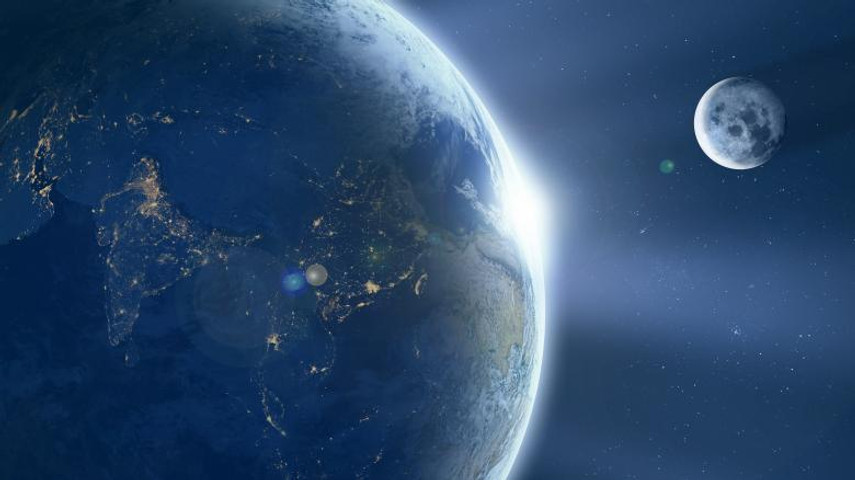
Earth continents weren’t always like this
800 million years ago the great tectonic plates that earth’s land masses ride upon, came together and assemble all continents into a large super continent known as Rodinia. It eventually broke apart into many pieces and re collided 250 million years ago creating the Appalachian Mountains in North America and the Ural Mountains in Russia and Kazakhstan. About 250 million years ago the continents came together again and from a super continent called Pangaea. It began to break apart and then split into two large landmasses known as Gondwanaland and Laurasia. That ultimately fragmented into the continents we know today.

Earth’s waistline
Gravity pushes extra masses of water and earth into a bulge or spare tire around our planet. Melting glaciers have a direct impact on increasing earth’s waistline.

A year on earth isn’t 365 days
Actually a year on earth is 365.2564 days. It’s an extra amount of time in it. 2564 days that creates the need for the leap year once every four years. That’s why to complete the leap year we tack one extra day in February every four years.
Humans may weigh differently depending upon where they stand
According to the studies and experiments you may weight different on different places. If you weight yourself at equator you will weigh less than you weigh at one of the earth’s poles. Your weight would likely be about 0.5 percent less than at the poles.
The sea levels aren’t same always
The most recent advance of ice on planet earth began about 70,000 years ago and ended 11,500 ago and reached its farthest extent 18000 years ago. During that time the glaciers and ice sheets craved out of the basins of the great lakes and blocked rivers, diverting the courses of the Mississippi and other rivers in US. So water was trapped as ice resulting the sea levels to drop by almost 120 meters. Earth’s sea level had also been up to 70 meters higher than in the past. Now global warming and environmental conditions are disturbing this natural phenomena and causing glaciers to melt and increase sea levels against this phenomena.
